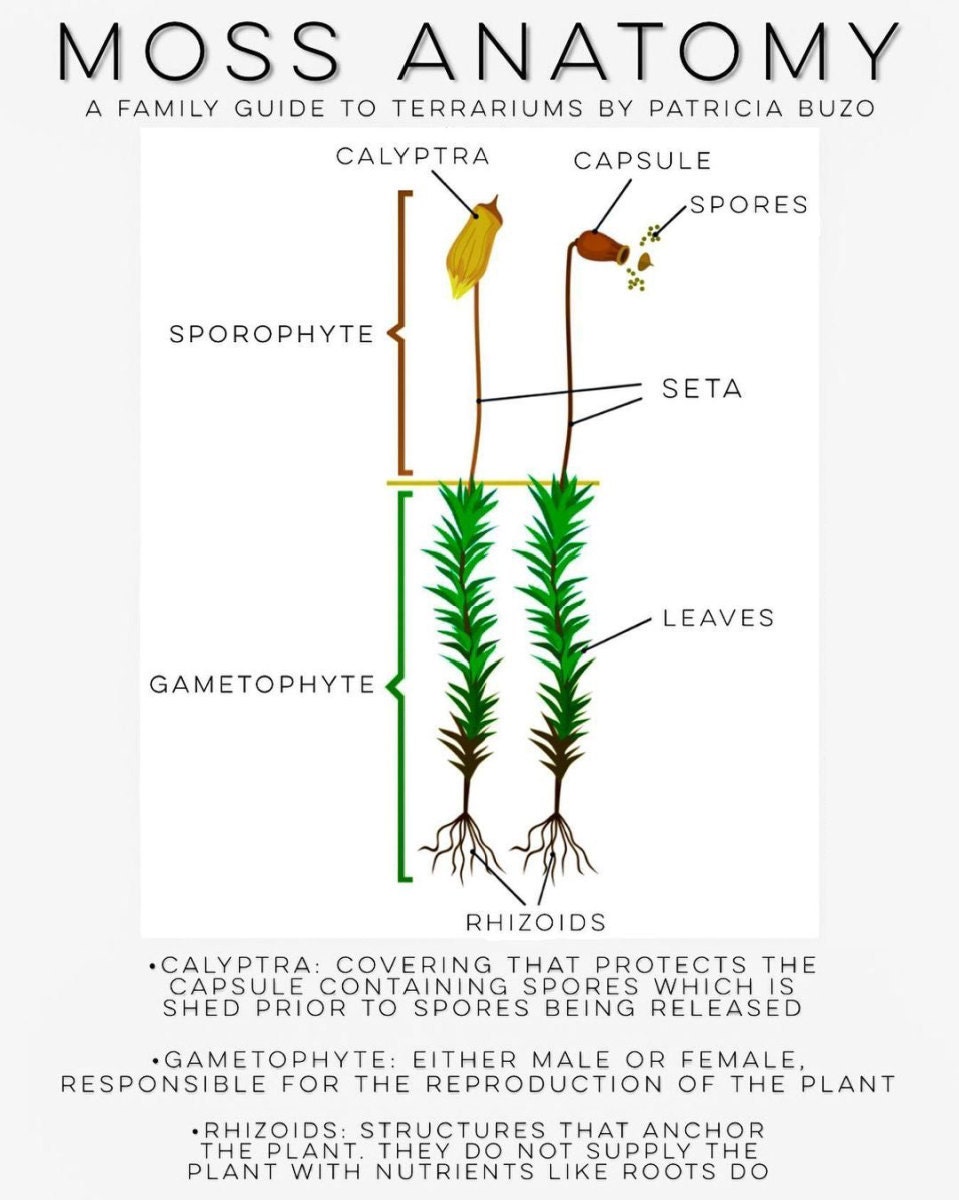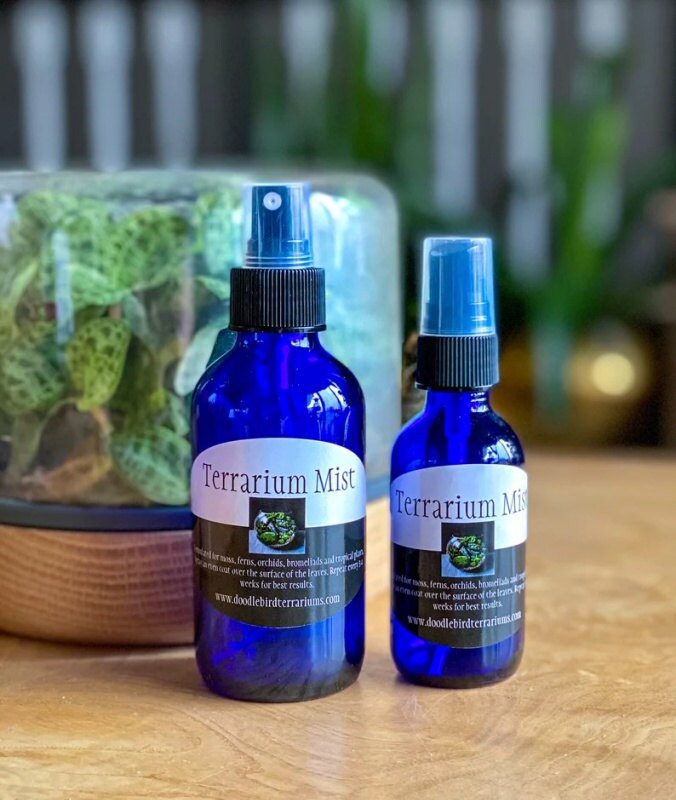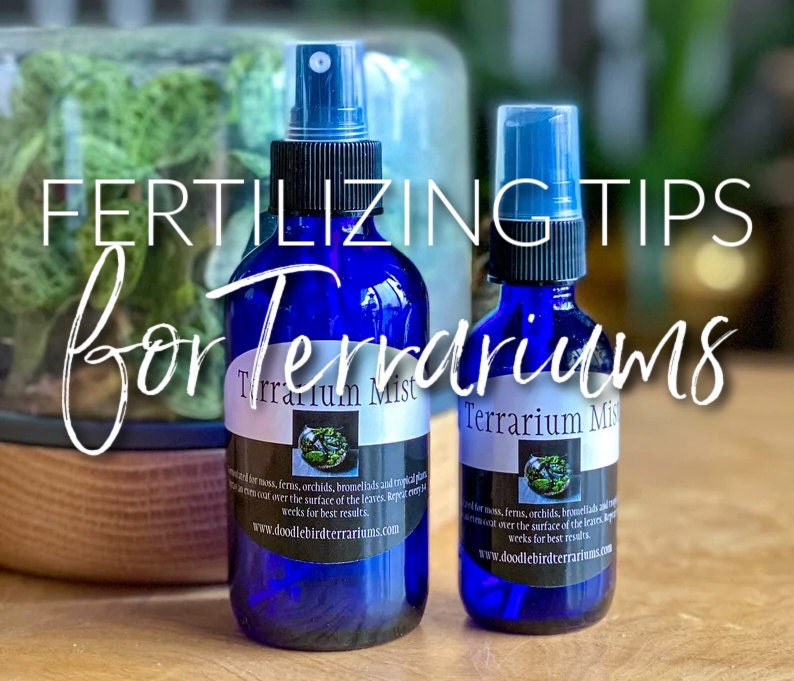By Patricia Buzo, Doodle Bird Terrariums
When I started out caring for plants I will admit I had no idea what I was doing. My thought process was like this: water water water, next to no light, tons of fertilizer. Let me tell you how that worked for me…it didn’t. I became frustrated by how my plants were suffering and dying, and I ended up giving up completely for several years. Eventually I tried again with a bit more success, thank goodness!
But truthfully it wasn’t until I read The New Plant Parent by Darryl Cheng that I really started to understand how plants function. Finally it made sense: in order for the plant to grow and thrive (or in other words to in order to process water and fertilizer) providing the right amount of light is key. A plant cannot do it’s job unless the sun is fueling it either directly or indirectly depending on the individual species' needs. As Darryl puts it, all plants should be able to “see” the sky from their placement in our homes. If that isn’t possible, the second best thing is to supplement with quality artificial lighting.
What about fertilizer? Fertilizing should always be done in moderation, and erring on the side of caution. Less is more, which is especially true in a terrarium where excess can’t be washed away. I prefer foliar fertilizer (like this one), or slow release pellets you can add to the soil. But a bit more about fertilizing terrariums in a minute.

Fertilizing Moss, Necessary or Not?
Mosses are unique plants that have no root system. Instead, they have what are called rhizoids which serve to anchor the moss to virtually any surface. It is why you can find moss growing on rocks, trees, sidewalks, homes and more. Instead of receiving nutrients and water through a root system like other plants do, they receive what they need by absorbing them via their leaves*. Therefore the way you care for a moss terrarium will be different than one with other types of plants. I recommend misting with distilled or rain water. The moss soaks it up like a sponge, and will reward you with bright green foliage.
*a nominal amount of water and food may be absorbed by the rhizoids but not in the same way rooted plants do
Although moss isn’t a demanding plant, it can benefit from a light fertilizer from time to time. I’ve formulated an organic moss food called Terrarium Mist which promotes growth and vibrant color. The formula works wonders for other terrarium plants and orchids as well.

Whether you're feeding rooted plants, or moss and epiphytes, there are a few tips I have that should help:
Fertilizing tips:
• less is more when it comes to fertilizing your plants. The true source of food is light, which is a concept uncommon among most of us. Added nutrients have their place, but not 1st place.
• the more light a plant receives, the more often you can fertilize (in most cases). That’s why gardeners lay off the plant food during the winter months which typically are darker and the days, or photoperiod, shorter.
• it’s better to fertilize more often using a weak blend than to fertilize heavily once in awhile. Plants can burn and actually die with too strong a fertilizer.
• some plants, like moss, absorb nutrients through their leaves. Therefore a foliar spray fertilizer is required in order to feed them. (two other examples are epiphytic orchids and some bromeliads)

